$19.95 – $35.95
A grafted pear that begins to mature in October will ripen unevenly, turn yellow with a surprisingly sweet taste, and begin dropping free from the tree a few at a time in early to mid-October and will continue to drop into the first weeks of November here in the NorthEast. This Kieffer pear has extreme vigor and is very productive from an early age. The cultivar itself is too productive if planted in soil with adequate nutrients. It is overbearing with fruit. You will need to remove some fruit from this tree so it doesn’t break branches. The disease resistance I have seen from this tree is at the top in a no-spray situation. The tree is annually productive and makes incredible pollination for Asian pears and European-style pears. Kieffer Pear will reach a mature height of 20’+. Plant Hardiness zones 4b-8
Description
KIEFFER PEAR TREE
The Kieffer pear drops sweet pears in October/November, making this pear one of the best pear trees for deer in the pre-rut. The tree has excellent resistance to this common pear disease. The Kieffer pear tree has been around since being discovered as a chance seedling from Philadelphia in 1863. This tree has excellent vigor and is very productive at a young age, typically two years after planting.
Kieffer pear begins to mature in October. They will ripen unevenly, turn yellow with a surprisingly sweet taste, and begin dropping free from the tree a few at a time in early to mid-October. They will continue to drop into the first weeks of November here in the NorthEast. This Kieffer pear has extreme vigor and is very productive from an early age. The cultivar itself is too productive if planted in soil with adequate nutrients. It is overbearing with fruit. You will need to remove the fruit from the tree so it doesn’t break so many branches. The disease resistance I have seen from this tree is at the top in a no-spray situation. Kieffer pear is annually productive and makes incredible pollination for Asian pears and European-style pears. The tree will reach a mature height of 20’+. Plant Hardiness zones 4b-8
TREE SIZE FOR KIEFFER PEAR
2-3′ ( 3/8″ dia.) These trees will have a good root system. They will be whips around 3′ high with a trunk diameter of 3/8″.
3-5′ ( 1/2″ diameter) These trees will have a good root system with some possible branching but will mainly be whips. They will range in height between 3′ to 5′ with a trunk diameter of around 1/2″.
4-6′ (+ 1/2” dia.) These trees will have an extensive root system and typically have multiple branches, but many will be solid whips. They will range in height between 4′ and 6′ with a trunk diameter of 1/2″ to 3/4″.
2-yr 4-6′ (5/8”-3/4” dia.) These two-year-old trees will have an extensive root system and will have multiple branches with a diameter of 5/8” and greater. We will be pruning the trees back to a shipping height of 66” with the roots shipping. Our largest box is 66″x 14″x 15″ and will hold 15 of the 2-yr trees. Free local pick-up is open to the surrounding states of Pennsylvania. If you pick your trees up, you will receive a tree in that 6 – 7′ range. For larger orders and traveling from beyond bordering states, contact us at Ryan@bluehillwildlifenursery.com.
STANDARD ROOTSTOCK
Kieffer pear is grafted to a vigorous, standard-sized rootstock that will reach a mature height of 20′-30′. This will give you more fruit on the tree and take up less real estate. This root is adaptable to acidic soils, poor soil conditions, sandy soils, and soil with low fertility. As a result, it will be suitable for more marginal areas that were wooded and are now food plots, reclaimed land, shale mountain soil, dryer uplands, and sandy soils. With that said, this rootstock will perform exceptionally well when planted in appropriate pH and nutrient-rich soils!
You should perform a soil test and make the correct amendments to your soil for optimal growth and fruit production, as low fertility will cause a delay in fruit production. The roots will anchor well, producing a solid and drought-tolerant tree because of the deep “real roots”. We are only grafting onto the most vigorous standard rootstock. This rootstock is cold, hardy zones 4b – 8.
KIEFFER PEAR POLLINATION
While Kieffer pear is self-fertile, we still recommend planting at least two different pear varieties near each other to ensure pollination. The varieties of grafted pears we have for sale will blossom and overlap each other, giving you excellent pollination. The Kieffer pear tree is an excellent pollinator for both Asian and European varieties of pears.
PLANTING INSTRUCTIONS FOR KIEFFER PEAR
Plant all pear trees in moist, well-drained soil with a pH between 5.5 and 7.2 and adequate nutrient levels for optimal growth. The above soil conditions will provide the most growth and fruit production. Pears are one fruit tree that tolerates acidic soils with poor fertility. A fruit tree requires at least 6 hours of sunlight for fruit production and growth. Space trees 20′ apart and use cages of at least 5′ to protect your trees. This will ensure your deer eat your fruit in a few years, not your trees this year.
Poor soil that is nutrient deficient will delay fruiting on any tree. Performing a soil test and making the appropriate amendments is recommended. This can easily be done by doing the math from the soil test and making amendments. Digging the hole oversized and adding the appropriate amount of lime and a few shovels full of compost mixed in the dirt can accomplish this.
SHIPPING/PICK UP
Shipping to Plant Hardiness zones 2 – 8 will begin again in mid-March on Mondays, Tuesdays, and Wednesdays (you select your ship date) and continue until the last Monday in April. Dormant bare-root trees must be planted in the spring, while trees in your area remain dormant. You can select your ship date as you checkout on the website. If you are picking up your trees, typically, the last week in March or the first week in April is perfect for planting in Pennsylvania. We have opened up the free local pick-up to the surrounding states as it could be more cost-effective if you order more than 30 trees. You can select your pick-up date on the website as you checkout. Please call or message us to make an appointment to pick up your trees if you can not make the date you selected.
For More Information, Visit:
DROP TIME OCTOBER/NOVEMBER
HEAVY ANNUAL FRUIT PRODUCTION
GOOD DISEASE TOLERANCE
FAST GROWING
EARLY FRUIT PRODUCTION
Additional information
| Weight | 18 oz |
|---|---|
| Dimensions | 58 × 2.30 × 2.30 in |
| Tree Size | 2-3' (3/8'' dia.), 3-5' (1/2'' dia.), 4-6' (+1/2'' dia.), 2-yr 4-6' (5/8''-3/4'' dia.) |
Only logged in customers who have purchased this product may leave a review.

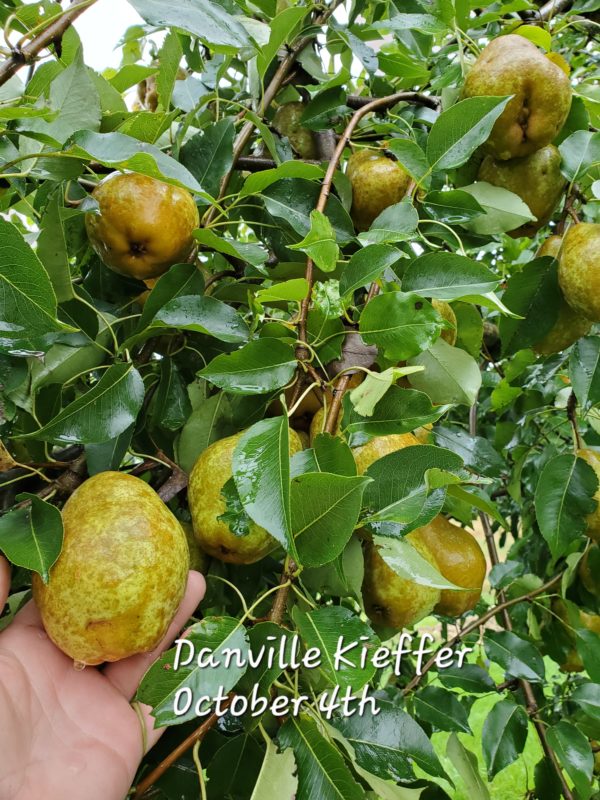
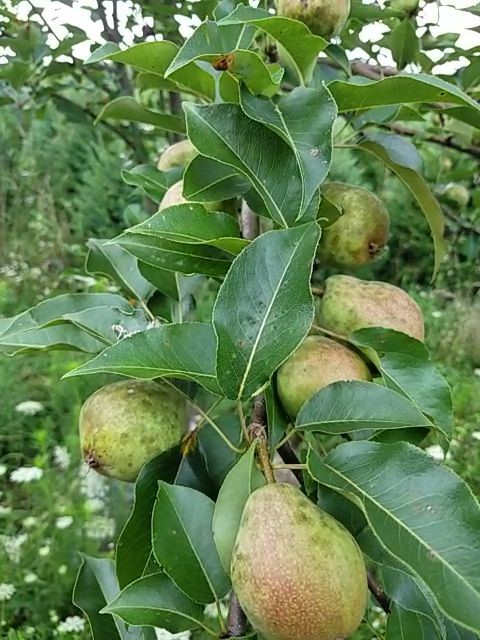


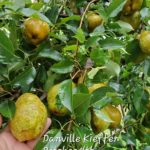


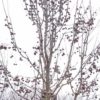
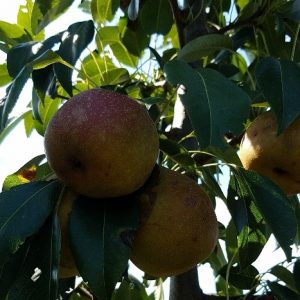
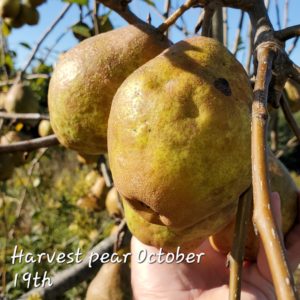
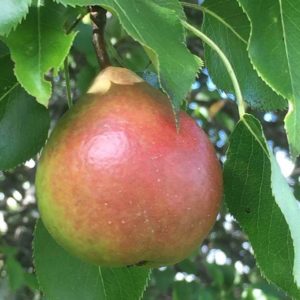
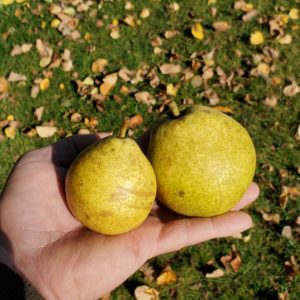
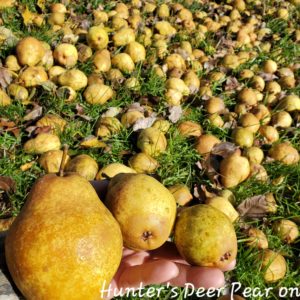
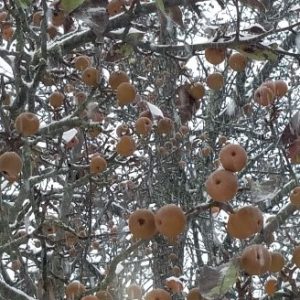
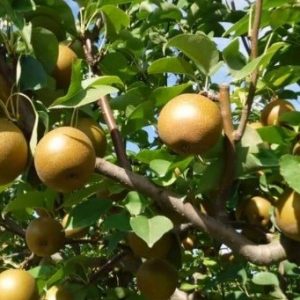
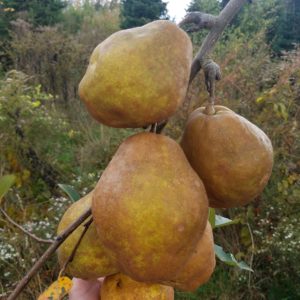
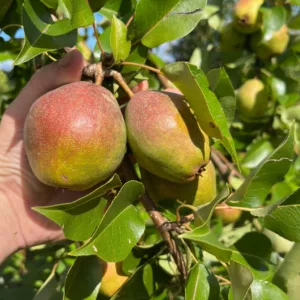
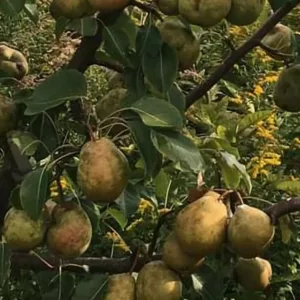
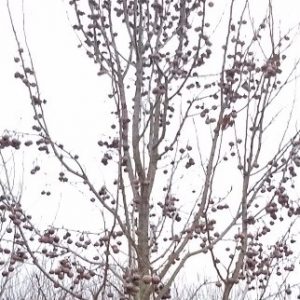
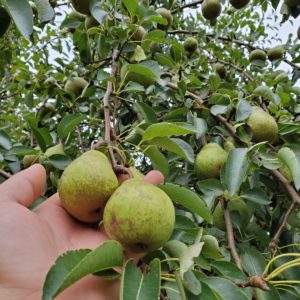
 by
by
Reviews
There are no reviews yet.